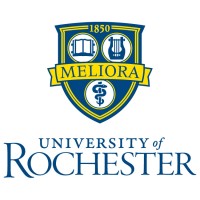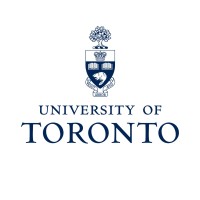
University of Rochester
The University of Rochester is a private research university located in Rochester, New York. Our campuses are home to more than 6,500 undergraduates and nearly 5,500 graduate students who come from across the United States and around the world to pursue their academic goals. We offer bachelor's, master's, and doctoral degrees through our seven schools and various interdisciplinary programs. Our Yellowjackets compete in NCAA Division III for athletics. With its affiliated UR Medicine health system, we are the largest employer in the Greater Rochester area.






